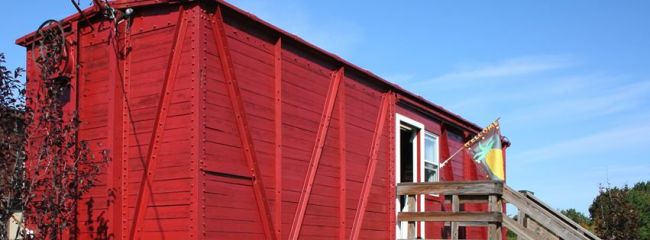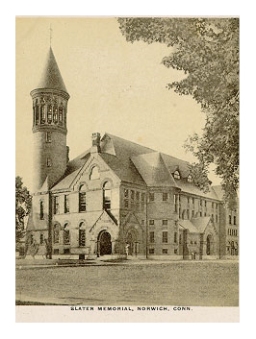(Childe Hassam, Summer Evening, 1886. Florence Griswold Museum: http://www.flogris.org)
The comings and goings on Lyme Street today in no way compare to the movement there in 1841 when Captain Robert Griswold bought the imposing, late-Georgian style mansion for his bride.
A lot more than the traffic count has changed since Capt. Griswold acquired the home. After prosperity turned to penury for the Griswolds, the home became first a school and then under his daughter “Miss Florence”, a boarding house, thus beginning a journey that would earn it a place in history.
The home was frequented by artists, including giants in the American Impressionist school of painting. Since 1947 the stately home has welcomed the public as the Florence Griswold Museum. It became a National Historic Landmark in 1993.
Just as the 19th century was to give way to the 20th, the prominent landscape artist Henry Ward Ranger arrived there. With the arrival of Childe Hassam four years later, the focus shifted from Tonalism to Impressionism. Eventually, this idyllic Connecticut location became known as the “American Giverny”.
Woodrow Wilson visited with his artist wife, Ellen Axson Wilson, and family on four occasions, staying in the guesthouse. It was during his 1910 visit that he issued a statement that he would run for governor of New Jersey. Two years later he went on to become the 28th President of the United States and led the nation in WW-I.
Whether visitors come to look at the historic house, view the collection there or in the 10,000 sq. ft. Robert and Nancy Krieble Gallery, or just breathe in the beauty and marvel at the work of art nature created there, it is a journey worth taking.



